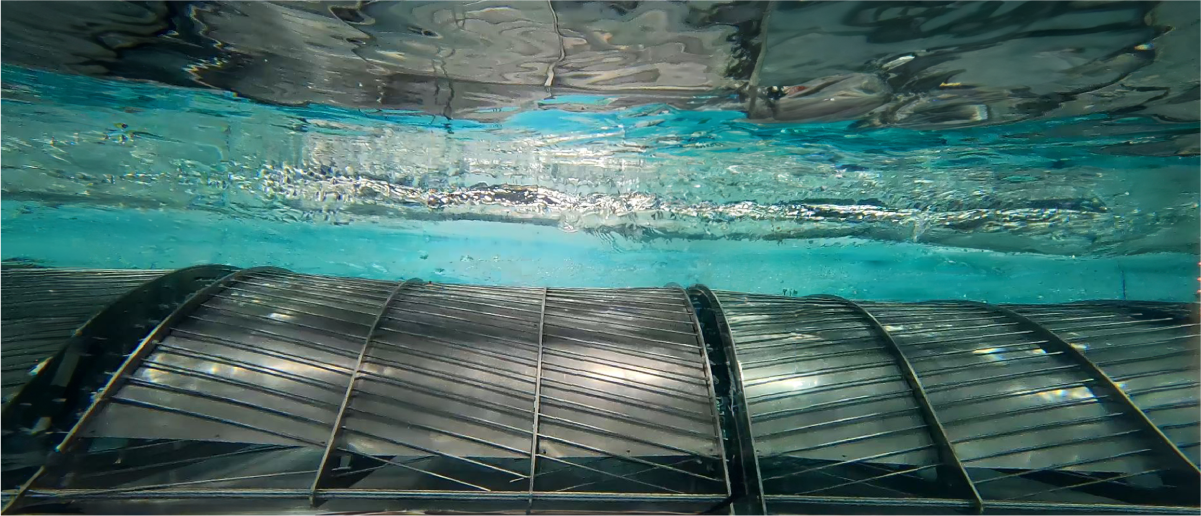


Rooted in Nature for Long-Term Impact
CCell’s hyperboloid reefs feature a superior strength-to-weight ratio and intricate internal geometry, combining coastal protection with habitat creation.
Each reef module dissipates wave energy through wave breaking and internal turbulence, reducing coastal erosion even during severe storms and hurricanes. Adjustable in height, profile, and material composition, they adapt seamlessly to diverse coastal environments.
Inspired by natural forms and enhanced through the growth of bivalves and corals, our hyperboloid reefs offer a regenerative, nature-driven alternative to conventional coastal protection.
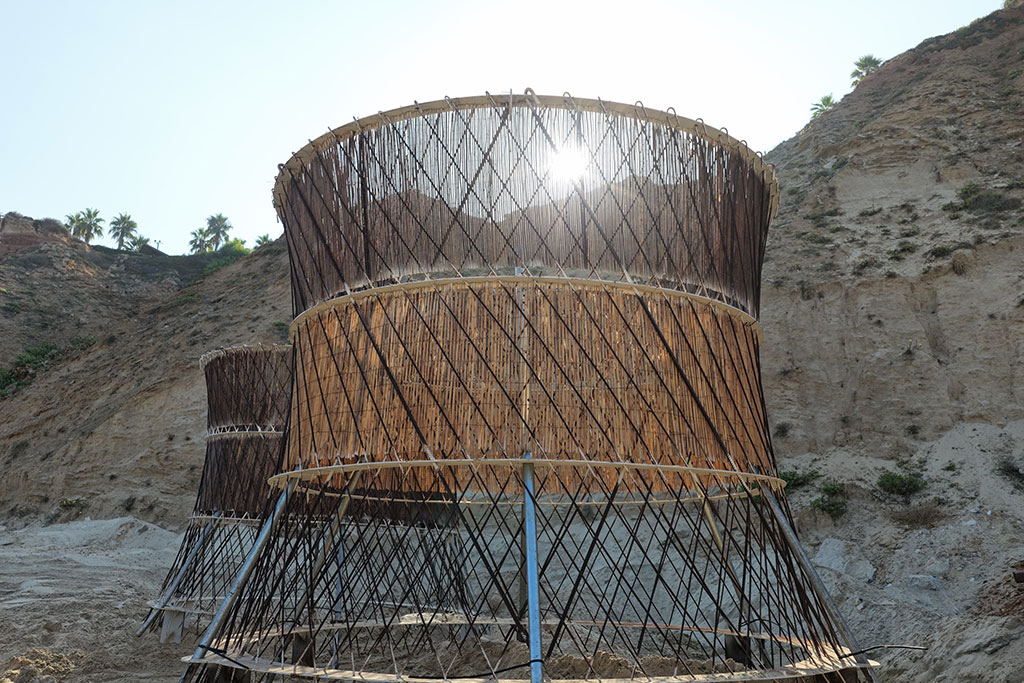
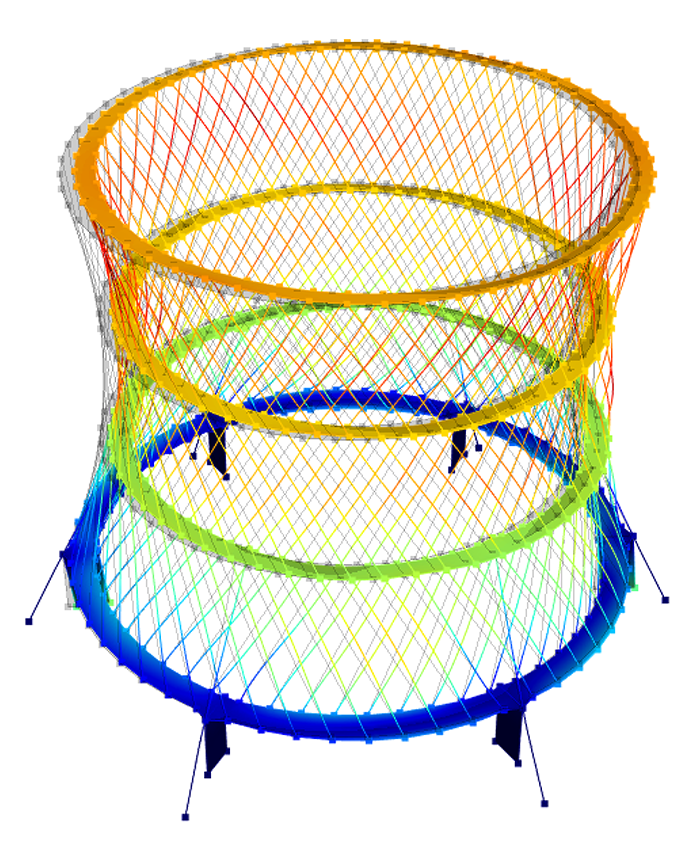
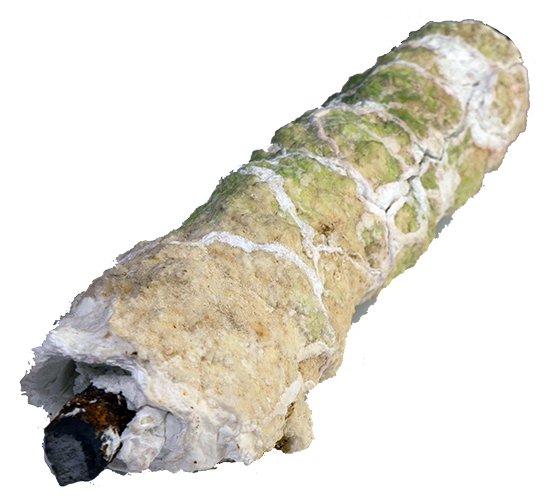
At the core of our approach lies a commitment to material efficiency and long-term durability, guided by the principles of a circular economy. Our manufacturing and installation processes reflect our dedication to ethical practices and streamlined implementation.
Modular UnitsPrecise control of mineral accretion to optimise rock or marine life across the life of the structure. N.B. Our reef units can be electrified—either temporarily or for extended periods. This connectivity enables remote monitoring of the reefs, with:
Plug-n-Play SensorsIn the natural world, 'boiler' formations, prominently observed in Bermuda's holocene algal cup reefs, display hyperbolic shapes with diameters ranging from 1 to 2 meters.
Inspired by these natural structues, CCell hyperboloid reef structures are a harmonious fusion of sustainable engineering design and the ingenious principles found in healthy coastal ecosystems.
Much like CCell reefs, these microatolls gain strength through the settlement of biogenic materials and serve as habitats for a diverse range of marine life.
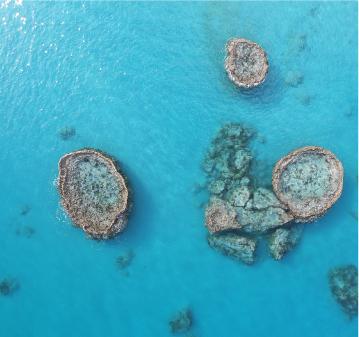
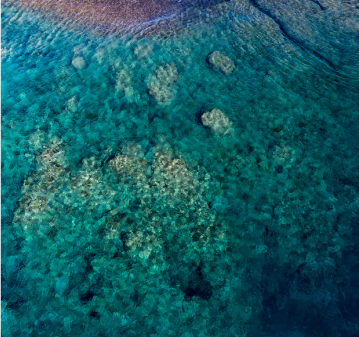
| Property | Units | HBS6 | HBS4 | HBA2 |
|---|---|---|---|---|
| Water Depth* | m | 6 | 4 | 2 |
| Unit Height** | m | 5.5 | 3.5 | 1.5 |
| Unit Width | m | 9.1 | 5.8 | 5.3 |
| Initial Unit Weight | kg | 3600 | 800 | 150 |
| Material | Steel + Bamboo | Steel + Bamboo | Steel + Bamboo | |
| MAT | Yes | Yes | Yes | |
| Illustration | 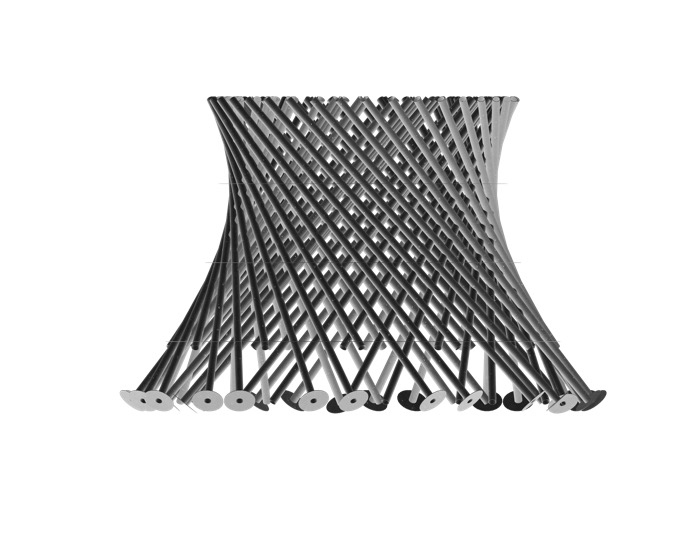 |
 |
 |
|
| Ideal in / for | Intermediate water depths, Large wave and storm climates, habit restoration. | Shallow water depth, Large waves and storm conditions, habit restoration. | Mild weather, habit restoration |